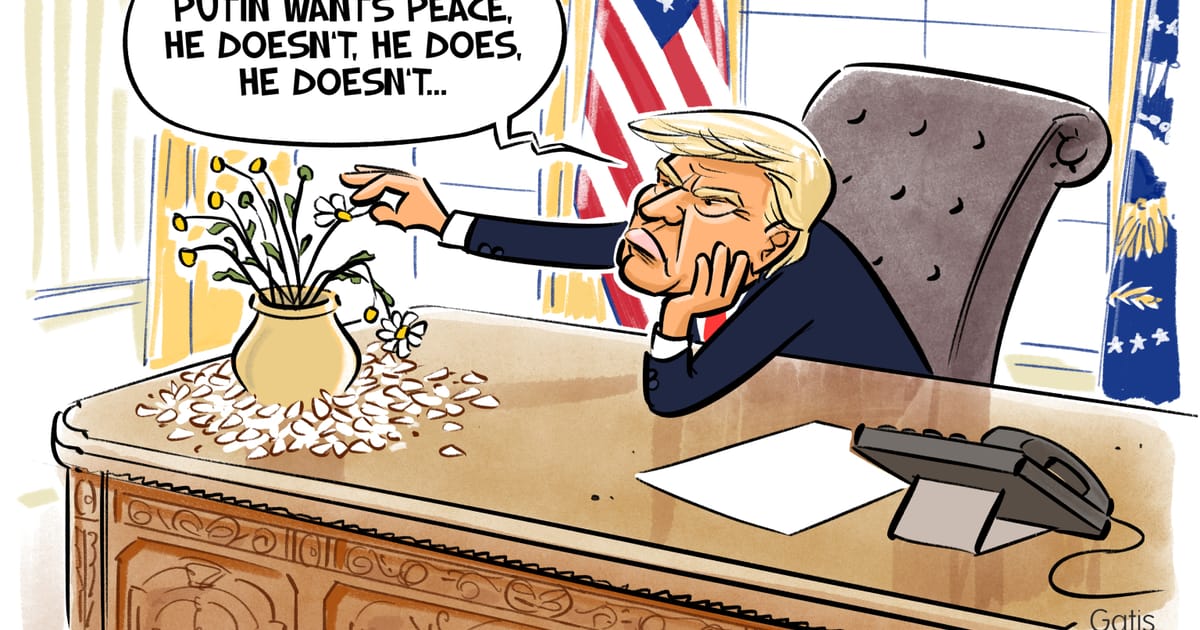

In a world where art meets technology, a new blend of innovation and creativity is unfolding, offering a fresh perspective on traditional forms of expression. The recent development of “The Velvet Sundown,” a music band entirely created by artificial intelligence, marks a significant milestone in this journey. This exploration into AI’s potential in the arts not only showcases technological progress but also ignites curiosity about the evolving landscapes within our societies and how they interact with AI’s presence.
The Velvet Sundown, described as a 100% AI-generated music band, serves as a testament to the capabilities of artificial intelligence in creating art. This initiative is part of a broader conversation on how AI technologies are advancing rapidly, increasingly resembling human creativity and cognitive skills. The band’s music, composed and produced without human intervention, raises intriguing questions about the future roles of AI in the arts and entertainment sectors. As technology continues to grow, this band symbolizes AI’s potential to augment human creativity by automating complex creative processes, highlighting new possibilities for collaboration between humans and machines.
Meanwhile, the challenges AI presents in educational settings are being actively addressed. The emergence of advanced AI models such as ChatGPT has sparked discussions about their implications for learning environments. Experts emphasize the importance of not ignoring AI but instead embracing it to redefine educational methodologies. Schools, rather than perceiving AI as a threat, can benefit from adopting approaches that integrate AI, focusing on process-based assessment rather than solely on results. This adjustment represents an opportunity to enrich educational practices, encouraging both students and educators to develop discernment and adaptability in a rapidly changing digital age.
The rise of artificial intelligence also necessitates a critical evaluation of how algorithms operate within our digital ecosystems. In an era dominated by clicks and social media, the transparent nature of traditional interactions is being replaced by algorithm-driven content distribution. This shift presents unique challenges, as the potential for misinformation grows with algorithms acting as unseen arbiters of truth. This recognition calls for a mindful engagement with technology, urging individuals and institutions to foster greater awareness and critical thinking about the information they consume.
As AI technologies continue to evolve, governments and regulatory bodies are also responding by drafting new legislation. Measures are being considered to address the ethical and safety concerns posed by AI and robotics, especially as they become more integrated into critical areas such as healthcare. The contemplation of enabling robots—and thereby, AI systems—to conduct operations on humans within the coming decade is under scrutiny. This legislative foresight aims to ensure that as technology progresses, it does so in ways that align with societal values and ethical norms, safeguarding both innovation and public interest.
This period of transformation, characterized by the burgeoning capabilities of AI in fields previously thought exclusive to human intellect and creativity, invites reflection and engagement. The burgeoning relationship between AI and our daily lives underscores an exciting frontier that encourages a harmonious blending of art, education, and technology. In embracing this change, there is an opportunity to create a future where technology serves not only to enhance our productivity but also to enrich the human experience in novel and imaginative ways.
Source: {link}
